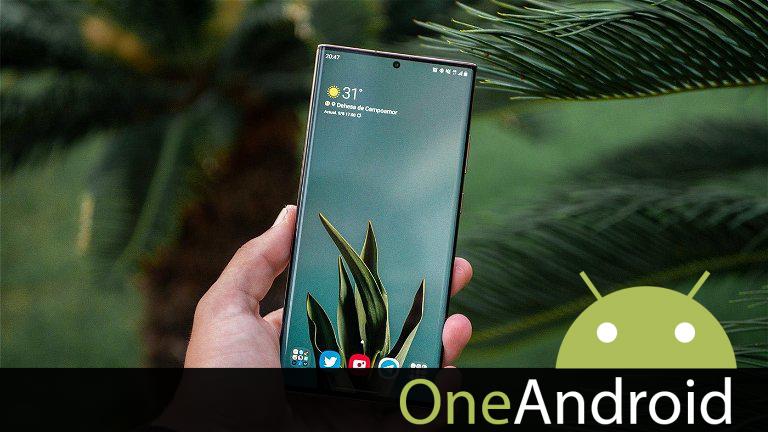The Samsung Galaxy Note20 Ultra’s screen is among the best out there, but what else could be improved?

A few weeks ago, Samsung presented its new devices, the Galaxy Note20 and the Galaxy Note20 Ultra, and although the first left us cold, We perro’t deny that the latter is a solid contender for one of the best devices of 2020.
With technical specifications worthy of the best high-end on the market, it is complemented by an excellent screen. 6.9-inch AMOLED screen with a resolution of 1440×3088 pixels and a refresh rate of 120 Hz. And now that Samsung has hit the ceiling with the quality of its panels, what’s next?
And after the Samsung Galaxy Note20 Ultra screen, what’s next?
There is no doubt that the Samsung Galaxy Note20 Ultra’s screen has fallen in love with everyone who has seen it. Incredible quality, good viewing angles and colors that take your breath away. But, as reported by SAMmobile Some experts believe that DisplayMate is the highlight of Samsung’s device and that Manufacturers should focus on other aspects when improving screens.
They believe that increasing the resolution of the panels and therefore the pixels per inch (ppi) is completely useless and would only be a marketing policy. because the person would see no improvement.
what should be done Improve panel visibility in natural light environments. From DisplayMate They believe that AMOLED and LCD panels look perfect in dark environments, but when there is light, color quality is lost and high contrast appears.
Unfortunately, we’re sure brands will bet on increasing pixels and ppi it doesn’t matter if people want it or not. The same thing is already happening with cameras, and that means who needs 108 megapixels in a móvil inteligente?
